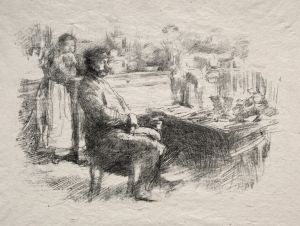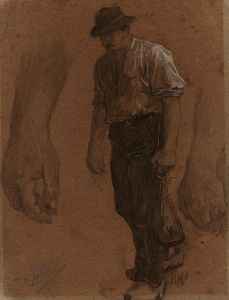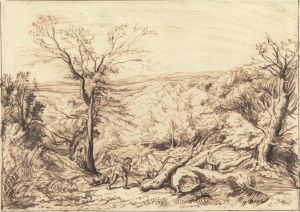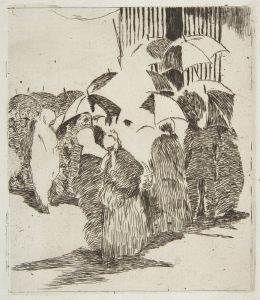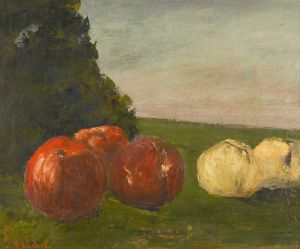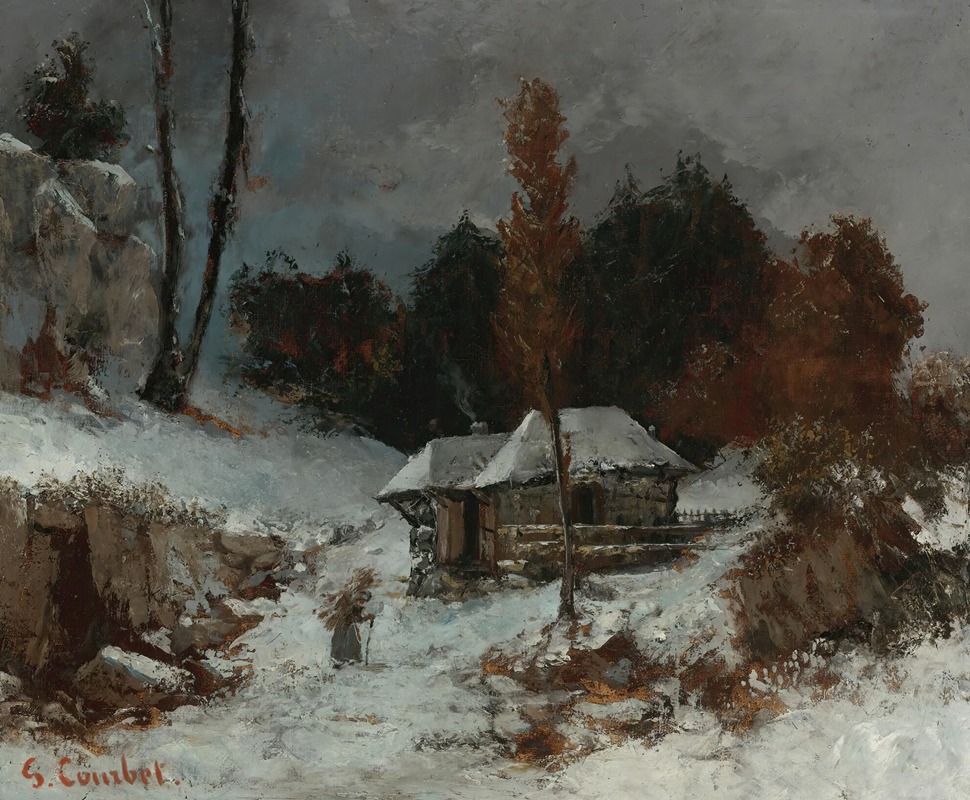
Porteuse De Fagots Dans Un Paysage De Neige
A hand-painted replica of Gustave Courbet’s masterpiece Porteuse De Fagots Dans Un Paysage De Neige, meticulously crafted by professional artists to capture the true essence of the original. Each piece is created with museum-quality canvas and rare mineral pigments, carefully painted by experienced artists with delicate brushstrokes and rich, layered colors to perfectly recreate the texture of the original artwork. Unlike machine-printed reproductions, this hand-painted version brings the painting to life, infused with the artist’s emotions and skill in every stroke. Whether for personal collection or home decoration, it instantly elevates the artistic atmosphere of any space.
Gustave Courbet, a prominent figure in the 19th-century French art scene, is renowned for his pioneering role in the Realism movement. One of his lesser-known works, "Porteuse De Fagots Dans Un Paysage De Neige" (translated as "Woman Carrying Firewood in a Snowy Landscape"), exemplifies his commitment to depicting everyday life with unembellished authenticity.
Courbet was born in 1819 in Ornans, a small town in the Franche-Comté region of France. His upbringing in this rural environment profoundly influenced his artistic vision, as he often drew inspiration from the landscapes and people around him. Courbet's Realism was a reaction against the dominant Romantic and Neoclassical styles of his time, which he felt were overly idealized and disconnected from the realities of contemporary life.
"Porteuse De Fagots Dans Un Paysage De Neige" is a testament to Courbet's dedication to capturing the essence of rural life. The painting depicts a solitary woman trudging through a snowy landscape, burdened with a bundle of firewood. This subject matter reflects Courbet's focus on the working class and the harsh realities they faced, a theme prevalent in many of his works. The choice to portray a woman engaged in such a laborious task underscores the artist's interest in highlighting the strength and resilience of ordinary people.
The composition of the painting is marked by its stark simplicity and muted color palette, which effectively conveys the cold, bleak atmosphere of the winter setting. Courbet's use of thick, textured brushstrokes adds a tactile quality to the snow-covered ground and the woman's clothing, enhancing the sense of realism. The subdued tones of the landscape contrast with the dark silhouette of the woman, drawing the viewer's attention to her solitary figure and the physical effort required to carry her load.
Courbet's technique in this painting is characteristic of his broader oeuvre, where he often employed a direct, unadorned style to depict his subjects. His approach was revolutionary at the time, challenging the conventions of academic art and paving the way for future movements such as Impressionism. By focusing on the mundane aspects of life, Courbet sought to elevate the status of everyday scenes and people, asserting their worthiness as subjects of fine art.
While "Porteuse De Fagots Dans Un Paysage De Neige" may not be as widely recognized as some of Courbet's other works, such as "The Stone Breakers" or "A Burial at Ornans," it nonetheless embodies the core principles of his artistic philosophy. The painting serves as a poignant reminder of the artist's commitment to realism and his desire to portray the world as he saw it, without embellishment or idealization.
In summary, Gustave Courbet's "Porteuse De Fagots Dans Un Paysage De Neige" is a compelling example of his realist approach, capturing the dignity and perseverance of a rural woman against the backdrop of a harsh winter landscape. Through this work, Courbet continues to resonate with audiences, offering a glimpse into the lives of those often overlooked by history and art.






